Human beings have used art to express their understanding of the world and their surroundings from the beginning of time. From the earliest people painting on the walls of their cave dwellings to its use in Ancient Egyptian hieroglyphic writing art has emerged as mankinds ultimate form of creativity.

Art and Design are two heads of the same creature of human self-expression. As a result, it has many strands to its bow and can be seen in many different forms from Architecture, Sculpture, paintings and even clothing. It can be also be used to identify different cultures as the art they produce can be considered their calling card or their mark on history. This can be seen in what was left behind by the Aztecs, the Greeks, Romans and the Egyptians.

At the same time, Islamic society was using art as a way to express the perfect order of Allah's creation through the use of Geometry, Arabesque and Calligraphy. In the same way as the other civilisations, I have mentioned Islamic Art found its way into all areas of life from architecture, sculpture and even the pages of the Holy Quran. The carved geometry in the picture below is a detail from the walls of the Alhambra palace in Granada Spain.
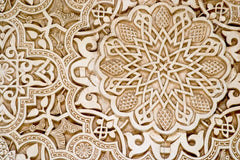
Traditionally Muslim art found its pinnacle in the pages of illuminated Quranic Manuscripts. I say this because all three branches of Islamic artistic practice culminate in the most beautiful way. Calligraphy to write the holy Ayats (Verses) alongside Arabesque and Geometry to punctuate the exquisite recitation.
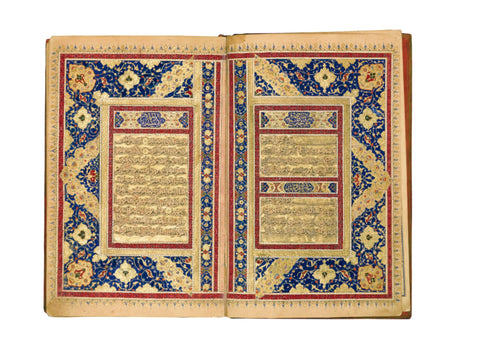
In modern times art has become a tool for political expression, especially in the western world. People have used it to highlight pressing issues of the day and to raise awareness of particular issues. The first half of the 20th Century saw mankind at its worst as most of Europe was engulfed in bloody conflict. Christopher Nevinson was a British Painter of the futurist/ Cubist movement who painted about his experiences of WW1. He painted La Mitrailleuse in 1915. The painting depicts life in the trenches. Salvador Dali painted the "Face of War" as a reaction to the brutalities of the Spanish Civil War that raged from 1936 to 1939. Faces within faces consuming each other like the evil of war consume human life. Both these paintings depict the shocking stark reality of conflict at a time when humanity was on the edge.


This continued in the latter half of the century and was evident in the music of the time. The Rolling Stones wrote "Paint it Black" as a protest song against the Vietnam War. The Irish Group The Cranberries wrote their song "Zombie" as a protest against the troubles in Northern Ireland and John Lennon wrote his song "Imagine" as a plea to humanity to come together in peace and unity. The same things are still true today in the 21st century. Art is still being used by society to question the place that it has in the modern world. We see it every day from pollical satire in newspapers to the work of Banksy that periodically pops up around the world. The work of Banksy questions many of the uncomfortable situations that we face today. Our visual art, music, sculpture are all reflections of our society.
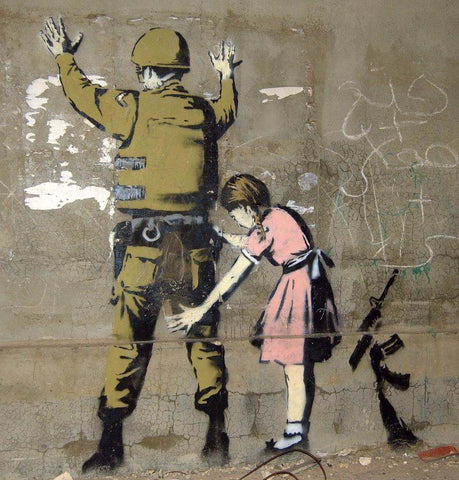
So we have come to the conclusion that art is relevant. It is an outlet for people to express themselves and their opinions. it is a way for society to promote themselves or to collectively process trauma. The question that comes to my mind now is how does this play out for individual communities in a multicultural melting pot like the United Kingdom? Do they get lost in the sea of imagery that is being produced by the country as a whole? The answer to that question is a resounding NO.
As a Muslim and an artist myself, I can testify to the fact that there is a very healthy and exciting subculture in the British art community that is growing every day. One that I am very proud to be a part of. British Muslim Artists are forging ahead with a myriad of Art styles that are inevitably a heady fusion of their traditional Islamic cultures and the British Culture they live in.
Farah Soobhan fuses Pop Art with Islamic art to create iconic Paintings that challenge and highlight social and political issues that affect all of us. Muslim and non-Muslim alike. Whoosh (Below) Was a painting that depicts the prayers of the believers quickly shooting up into the heavens to the Almighty.
Using bold bright colours and newspaper cuttings Farah is one of the only artists that combines Pop Art and Islamic Art together. A lot of Farah's work challenges the anti-Islamic rhetoric of recent years. Below (Next to Whoosh) is Explosion of Faith, painted in 2011. An awe-inspiring painting that represents darkness, ignorance and the negative portrayal that the media around the world has used about Islam and Muslims, being exploded away by new, refreshed faith in Allah. Farah cleverly used newspaper clippings of negative press articles about the Muslim world in the painting that fold outwards to reveal the beautiful extract of Surah Maryam. About the painting Farah said:
"This is a very personal painting to me as it represents my rediscovery of Islam 3 years ago, Surah Maryam was the very first surah that captured my heart and helped me on my continual journey towards becoming a true and sincere believer."
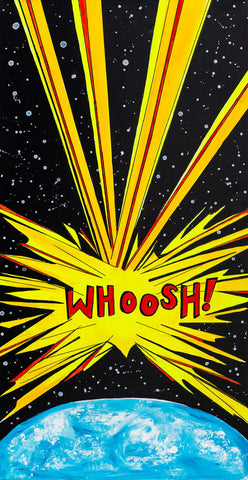

Teakster works with Digital painting and Graffiti and fuses it with an Islamic ethos. His Digital Paintings combine photography with Digital wizardry to produce realistically surreal dreamlike compositions of Islamic devotion and daily life His two digital paintings "Dua" and "Quran" (Pictured Below) are perfect examples of his amazing style. Like Farah's work, Teakster also sometimes deals with wider Social and Political issues. In 2016 Teakster created a large mixed media art piece that commemorated the life and work of the Late MP Joe Cox who was murdered by in a terrorist attack by a Far Right Extremist. It was a celebration of the life of a person that dedicated herself to the promotion of peace and unity.
On his website Teakster talks about his work in this way:
“My work is very Focused on promoting Islamic values and tackling interfaith issues to bring long term benefit to people of all faiths. To this end, I like to convey messages of positive social change and I am committed to engaging young people through workshops, talks and presentations.”
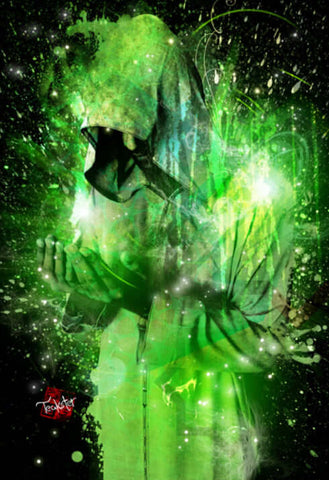

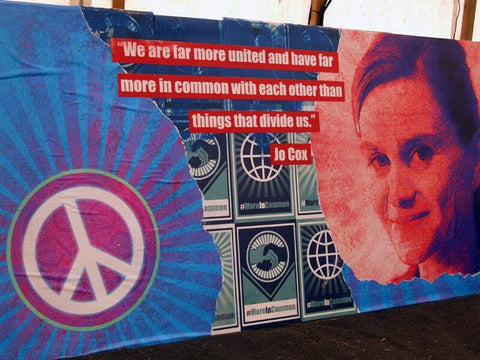
Raanaz Shahid is another shining example of an Artist who combines her dual British and Muslim heritage to create extremely high-quality stunning works of art. Raanaz works with sandblasted glass and Swarovski crystals to create truly unique pieces of art that are unlike that of any other artist. There are some fantastic examples of Raanaz's outstanding work below.
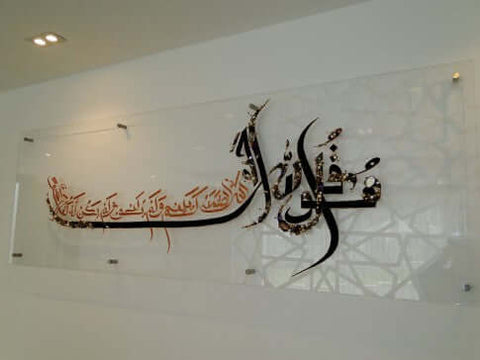
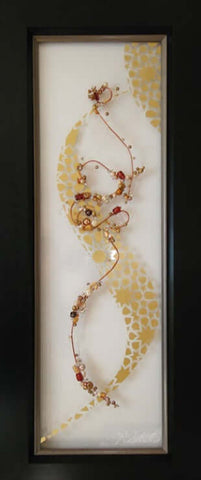
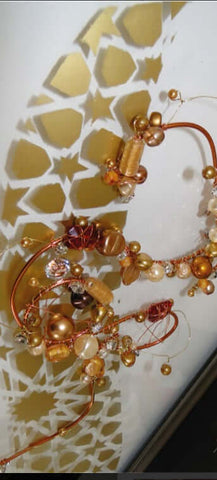
Her textile work is just as amazing. Raanaz dies and paints on silk to create sublime creations that match that of the old masters. Her work is a real reflection of modern aesthetic and technique blended with traditional styles and skills.
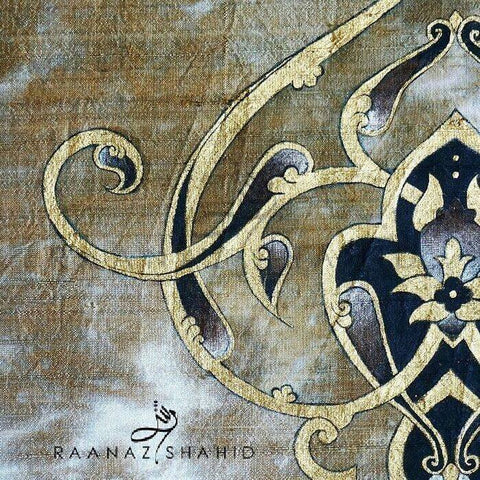
All three are on the cutting edge of the British Muslim Art Scene. They all have completely different styles but the underlying principle of promoting their beliefs and culture is at the core of what they do. This I believe is the answer to the title of this blog entry. There is most definitely a place for art in Modern British Muslim Culture. It is the job of the Muslim artist to give a voice to the community. We create imagery that shines a light on who we are. We highlight to the wider world the diversity and beauty of our faith and our dual intertwined cultures. There are so many more British Muslim Artists (myself included) who together with the those mentioned above are trailblazing a brand new branch of Islamic Art. One that reflects their dual identities and cultural inspirations, a new wave of British Islamic Art.
Let's keep the discussion going. What are your thoughts on this subject? Please feel free to leave your comments below.
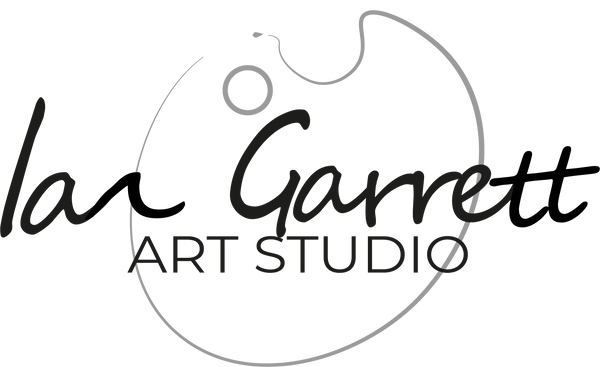
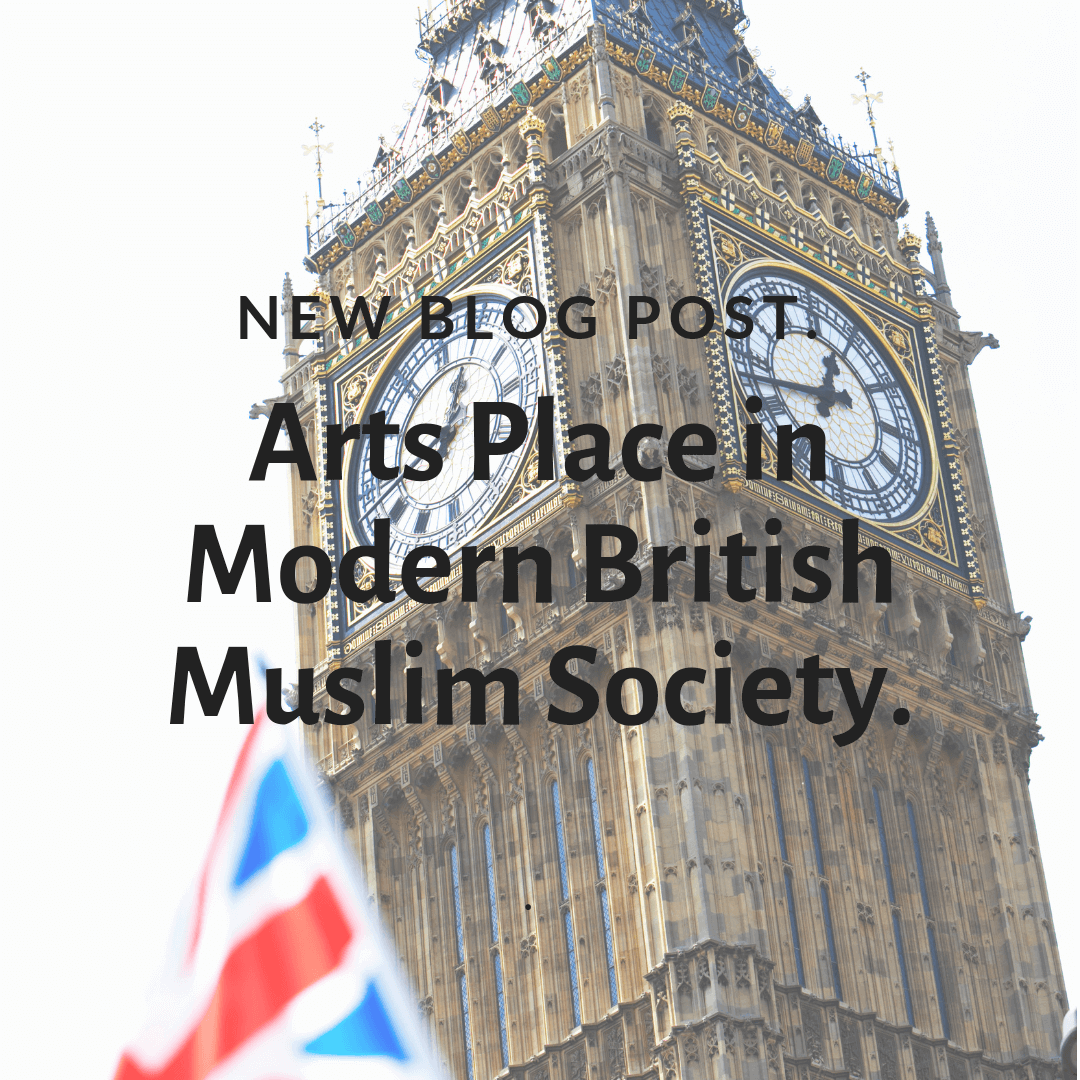
1 comment
Very informative and very true … I am proud to say that I know some of these amazing artists and they doing brilliant job to show the beauty of Islamic art with modern touches .